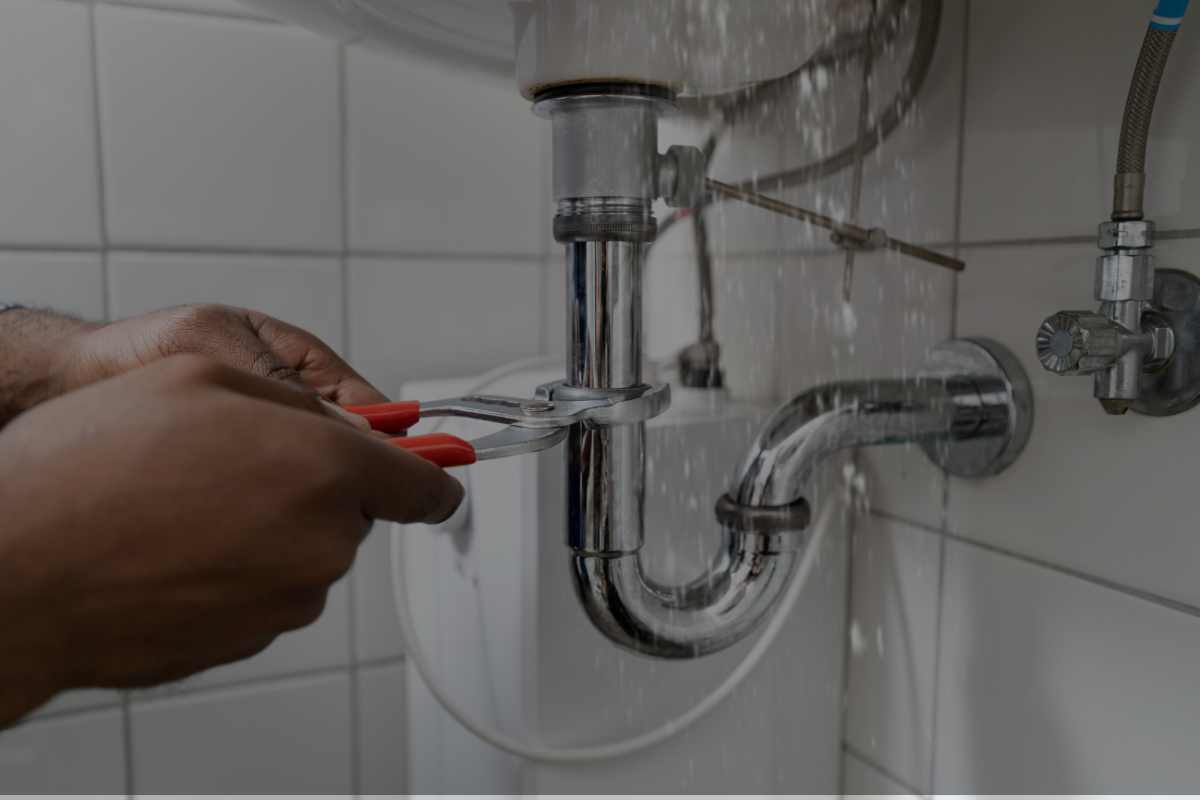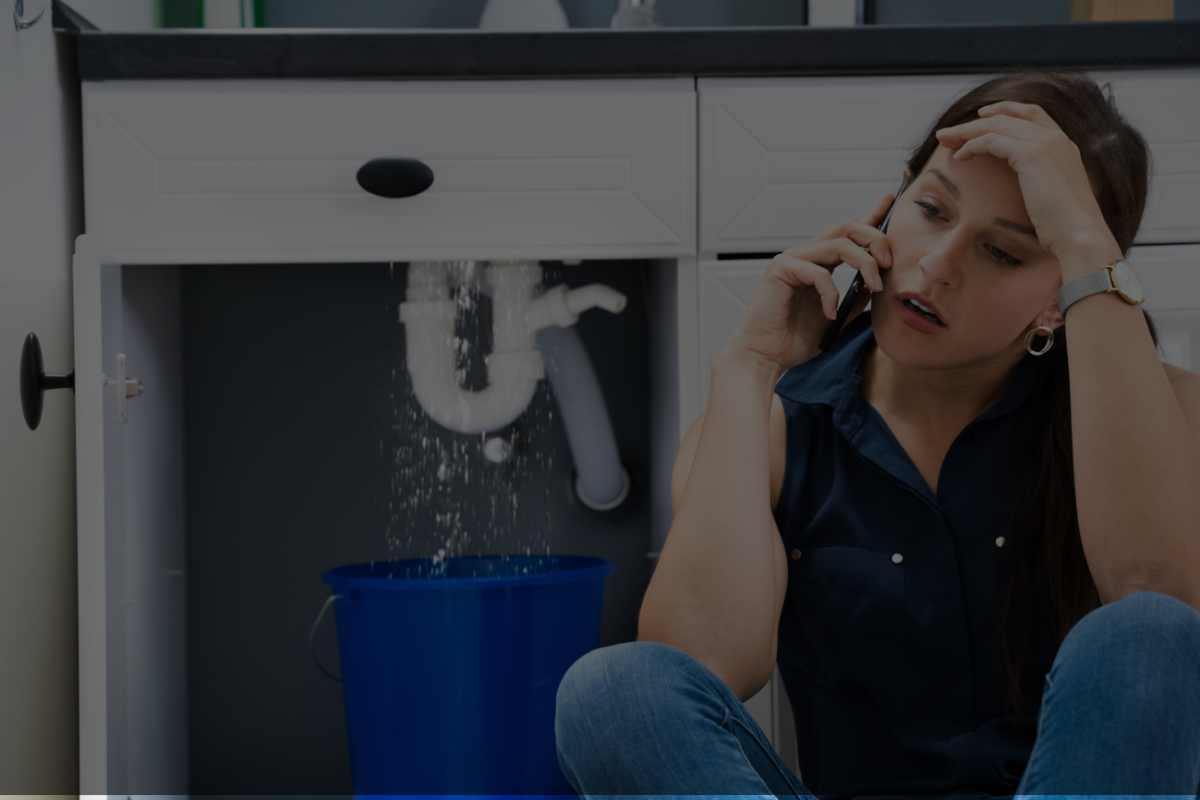Plumbing issues are a common occurrence in homes, and while some problems require professional intervention, many can be fixed with a bit of DIY knowledge. This comprehensive guide will provide you with essential tips and techniques to tackle common plumbing issues, save money, and avoid costly mistakes. Whether you’re dealing with a leaky faucet or a clogged drain, this guide has you covered.
The Basics of DIY Plumbing
Before diving into specific plumbing problems, it’s important to understand some basic principles and tools you’ll need for DIY plumbing.
Essential Plumbing Tools
- Plunger: A plunger is essential for clearing clogs in toilets, sinks, and tubs.
- Pipe Wrench: Useful for tightening and loosening pipes.
- Adjustable Wrench: Ideal for loosening or tightening nuts and bolts.
- Plumber’s Tape: Also known as Teflon tape, it’s used to create a watertight seal on threaded pipe joints.
- Basin Wrench: Designed to reach nuts under the sink.
- Drain Snake: A flexible auger used to clear clogs in drains.
- Bucket: Handy for catching water from leaks or during repairs.
Basic Plumbing Tips
- Turn off the water supply: Always shut off the water supply before starting any plumbing repair to prevent water damage.
- Know your plumbing system: Familiarize yourself with your home’s plumbing layout, including the location of shut-off valves.
- Use plumber’s tape: Wrap plumber’s tape around threaded pipe connections to prevent leaks.
- Don’t overtighten: Over-tightening connections can damage threads and cause leaks.
Common Plumbing Problems and DIY Solutions
1. Leaky Faucets
A dripping faucet is a common issue that can waste water and increase your utility bills. Most leaks are caused by worn-out washers or O-rings.
Solution:
- Turn off the water supply to the faucet.
- Disassemble the faucet to access the washer or O-ring.
- Replace the worn-out part with a new one.
- Reassemble the faucet and turn the water supply back on.
2. Clogged Drains
Clogged drains can cause water to back up, leading to slow drainage and potential water damage.
Solution:
- Use a plunger to dislodge the clog.
- If the plunger doesn’t work, use a drain snake to break up and remove the clog.
- Avoid using chemical drain cleaners as they can damage pipes and are harmful to the environment.
3. Running Toilet
A running toilet can waste a significant amount of water if not fixed promptly. It’s usually caused by a faulty flapper, fill valve, or flush valve.
Solution:
- Check the flapper for signs of wear and replace if necessary.
- Adjust the float arm or replace the fill valve if the water level is too high.
- Ensure the chain is the correct length to allow the flapper to close properly.
4. Low Water Pressure
Low water pressure can be caused by sediment buildup in pipes, a leak, or an issue with the main water supply.
Solution:
- Check the aerators on faucets and clean them if they’re clogged with debris.
- Inspect for leaks in visible pipes and repair as needed.
- If the problem persists, contact your local water supplier to check for issues with the main water line.
5. Water Heater Issues
Common water heater problems include inconsistent water temperatures, leaks, and sediment buildup.
Solution:
- Flush the water heater annually to remove sediment buildup.
- Check the thermostat settings and adjust if necessary.
- Inspect the pressure relief valve and replace if it’s leaking.
6. Burst Pipes
Burst pipes can cause significant water damage and should be addressed immediately.
Solution:
- Turn off the main water supply to stop the flow of water.
- Use a pipe repair clamp or epoxy putty to temporarily seal the leak.
- Contact a professional plumber to replace the damaged section of pipe.
Preventive Plumbing Maintenance Tips
Preventive maintenance can help you avoid many common plumbing issues and extend the life of your plumbing system.
1. Regular Inspections
Perform regular inspections of your plumbing system to catch potential issues early. Check for leaks, corrosion, and signs of wear in pipes and fixtures.
2. Clean Drains Regularly
Keep your drains clear by regularly cleaning them with a mixture of baking soda and vinegar. Avoid pouring grease or oil down the drains, as these can solidify and cause clogs.
3. Insulate Pipes
Insulate your pipes, especially those in unheated areas, to prevent freezing in cold weather. This can help avoid burst pipes and costly repairs.
4. Maintain Your Water Heater
Flush your water heater annually to remove sediment buildup and ensure it’s operating efficiently. Check the anode rod and replace it if it’s heavily corroded.
5. Monitor Water Pressure
High water pressure can strain your plumbing system and cause leaks. Use a water pressure gauge to check your home’s water pressure and install a pressure regulator if needed.
When to Call a Professional Plumber
While many plumbing issues can be handled with DIY solutions, some situations require the expertise of a professional plumber. Here are a few scenarios when you should call in the pros:
1. Persistent Leaks
If you’ve tried to fix a leak multiple times and it keeps coming back, it’s time to call a professional. Persistent leaks can indicate a more serious underlying issue.
2. Sewer Line Issues
Signs of sewer line issues include multiple drain clogs, foul odors, and water backing up in drains. These problems require specialized equipment and expertise to fix.
3. Major Installations or Remodeling Projects
If you’re planning a home remodeling project that involves plumbing work, hire a professional to ensure the plumbing is installed correctly and up to code.
4. Water Heater Replacement
Replacing a water heater can be complex and dangerous if not done correctly. It’s best to hire a professional to handle the installation.
5. Frozen Pipes
If you suspect your pipes are frozen, call a professional immediately. Frozen pipes can burst and cause significant water damage.
Conclusion
DIY plumbing can be a cost-effective way to handle common plumbing issues, but it’s important to know your limits. Regular maintenance and timely repairs can keep your plumbing system in good condition and help you avoid costly repairs. Remember to always turn off the water supply before starting any plumbing repair and use the right tools for the job. If you encounter a problem that you can’t fix or feel uncomfortable handling, don’t hesitate to call a professional plumber. By taking a proactive approach to plumbing maintenance, you can save money and ensure your home’s plumbing system remains efficient and reliable.


